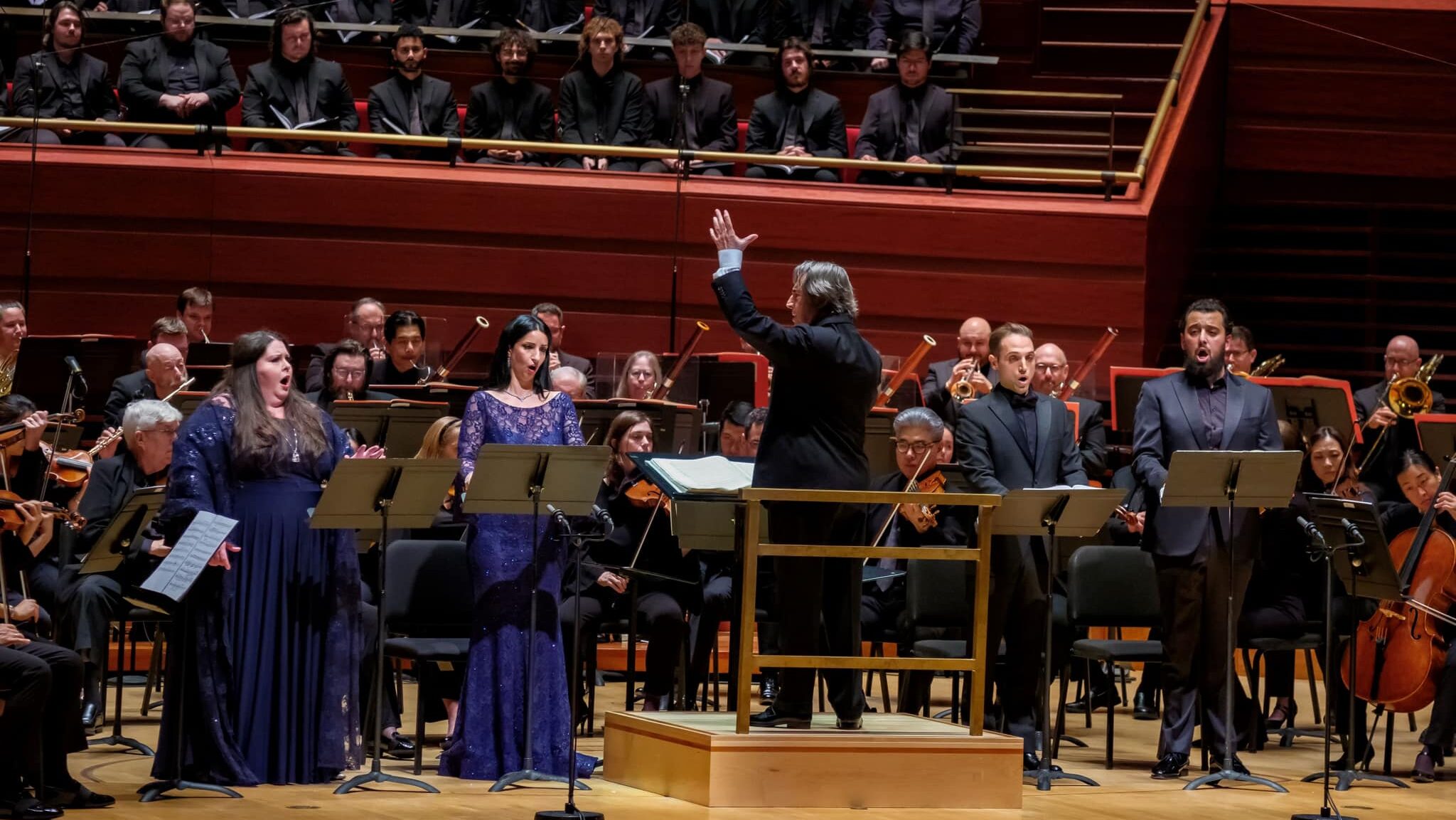

David Fox: I thought it was a perfect distillation of this fabulously strange, gender- and genre-bending movie tha,t as soon as I finished streaming it, the two Netflix promotions that immediately followed were for Bordertown… and Glow Up. That particular admixture seems to define Johnny Guitar, and I guess it sort of defines me, too. It is certainly a Western, and I would say a good if not great one. But what raises it to immortality is the odd—and oddly brilliant—idea of giving Joan Crawford the power-player role here of a saloon proprietor who, in the truest Western sense, is a speculator. And though her love interest is played by Sterling Hayden in, as you say, the title role, the true pairing here is Crawford versus Mercedes McCambridge, as Vienna’s mortal enemy, Emma. McCambridge gives as good as she gets, and in particular, the first 20 minutes and the last 20 minutes of Johnny Guitar catch fire like nobody’s business.
CK: It should come as no surprise that plenty of scholarly ink has been spilled over the sexual subtext of the antagonistic relationship between Vienna and Emma—and even if you’re the type who tends to roll your eyes at that kind of analysis, you can’t entirely deny it. Nearly every one of McCambridge’s line readings drips with a perverse glee at the thought of dominating Crawford, and when she finally attains the upper hand near the film’s denouement, she practically climaxes on screen. But the relationship is more than lesbian camp. For one thing, both are superb actresses, understanding the assignment and bringing genre flair to their performances while also reaching for some depth. Crawford especially plays well opposite Hayden in the scenes where it’s revealed they were once lovers. She’s vulnerable in an achingly appealing manner.
DF: I want to say more about Crawford’s performance, which fascinates me. But first, since you introduced the idea of viewing Johnny Guitar through an academic critical lens, I really think it’s filled with fascinatingly contradictory ideas about gender. In her first appearance, Crawford—in a severely tailored shirt and trousers (the suggestion is all black, though in reality the shirt is navy and the pants dark brown)—certainly presents as mannish. (It doesn’t hurt that she’s holding a pistol, of course.) But a few minutes later, she’s acting the gracious hostess, at a fancy table set with silver and crystal. On the other end of the spectrum, Hayden (who I found very sexy in this movie) is himself a crack shot, but he’s also identified with curiously un-masculine gestures, including preferring his guitar to a gun, and in priceless moment, daintily sipping from a blue willow teacup, with his pinkie extended! What are we meant to make of all this? And surely there’s enough material for a book in just analyzing the costumes! Consider the moment around midway through, where Crawford suddenly emerges in a poofy white gown that looks like it was made by Cinderella’s mice. But my favorite costume moment of all comes when McCambridge arrives from a funeral, looking exactly like Mary, Queen of Scots… wearing a gun belt.
CK: The costumes do indeed tell so much of the story—how interesting is it that Crawford, the outlaw, wears white to her attempted hanging, while McCambridge, who represents the upright citizenry, wears black? Or that Vienna, after rekindling her relationship with Johnny, resumes a more feminine presentation? We could indeed spend a whole article just breaking it all down. But the attire itself is not just important but gorgeous, and it’s of a piece with the entire mise-en-scene created by director Nicholas Ray and cinematographer Harry Stradling Sr. As I mentioned earlier, the overwhelming mood of the piece is one of dissonance—it looks and feels like a textbook Western one moment, like something entirely different the next. The genre with which Ray is most closely associated is film noir; he also directed his fair share of so-called women’s pictures. The stamp of both forms, and their reliance on aesthetic signposts, are all over the film. And his sense of scope and shot is breathtaking.
DF: I certainly agree about the look of Ray and Stradling’s work, which is masterfully staged. Pay close attention to the use of levels and perspective, which are particularly dazzling in the movie’s climactic moments, of which there really are several. Ray does beautiful work in staging large crowd scenes, which points to another one of Johnny Guitar‘s curious features. As the two women are front-and-center, the male roles tend to merge into an ensemble identity, despite the presence of a number of very high-profile actors: Ernest Borgnine, Royal Dano, and more. But I tended to think of them almost as (you should forgive the expression) chorus girls. Backing up Crawford and McCambridge is a flotilla of male pulchritude, which offers something for every taste: from the boyish cuteness of Ben Cooper, to the traditional handsomeness of Scott Brady, to the craggy strangeness of John Carradine.
CK: It is intriguing to think of the rather large male supporting cast acting essentially as phalanxes for the two leading women. We’ve touched on McCambridge a bit, but should we pivot to the main event? Personally, I think this is Crawford’s strongest work post-Mildred Pierce, and the most harmonious presentation of the slightly offbeat persona that characterizes her late-career appearances.
DF: As I watched this, it really struck me that I can’t think of another actress who reinvented herself physically more completely and more often than Crawford. Johnny Guitar fully enshrines what I think of as her “third act look”— severe yet glamorous, the famous eyebrows at their darkest and most luxuriant. I would also describe this as movie star acting of the first order. I don’t think she bothers much with creating a distinctive character. Her speech is precise and mid-Atlantic, every “t” and “ew” fully articulated in an almost finishing school way.
CK: My husband joked from the other room as I watched that this sounded like the first mid-Atlantic Western.
DF: But you simply can’t take your eyes off Crawford when she’s on screen—the presence is so focused and arresting. By 1954, her status may have slipped—maybe multiple times—but you wouldn’t know it from this. She gets the opening title card to herself—this is “Joan Crawford in Johnny Guitar”—and she certainly lets you know it.
CK: It’s a star performance, as well as a deeply affecting one and a hell of a good time. I expect there will be a lot more Crawford in our future, but next we’ll head back to Bette Davis with a joint appraisal at opposite ends of her career: Of Human Bondage and The Whales of August.
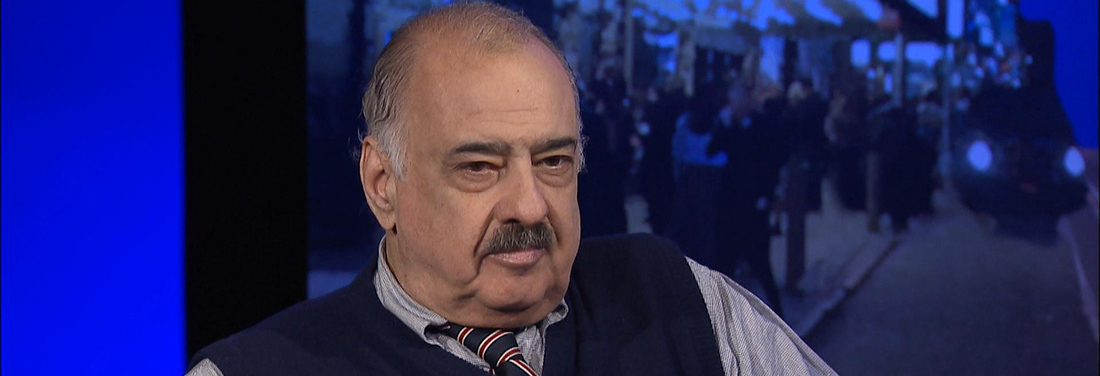
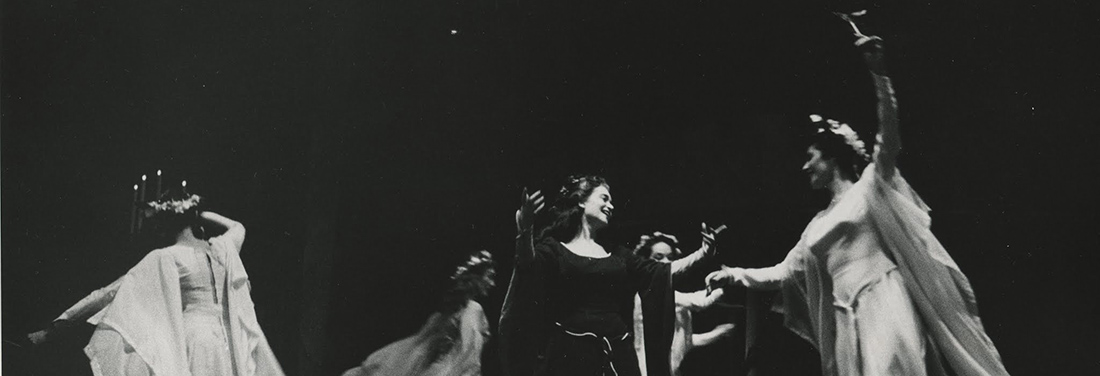
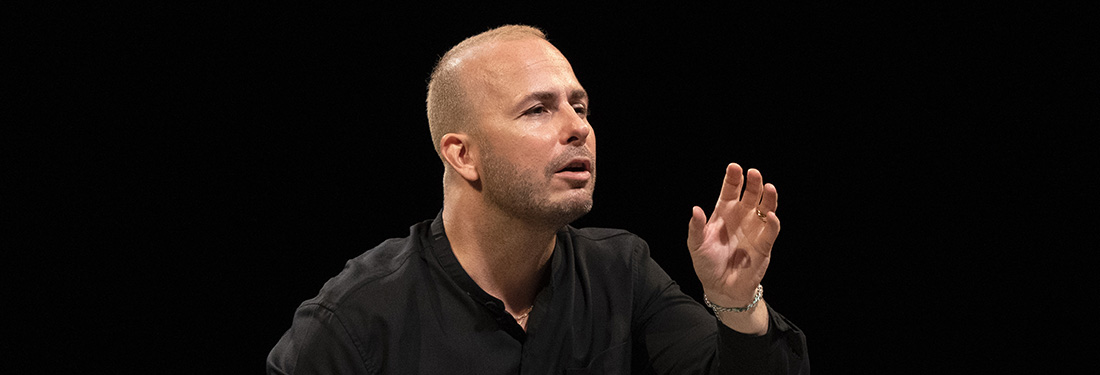
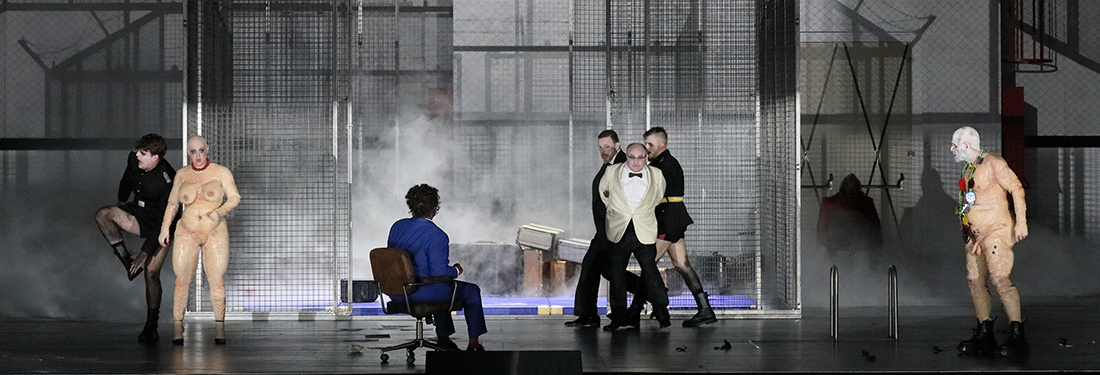

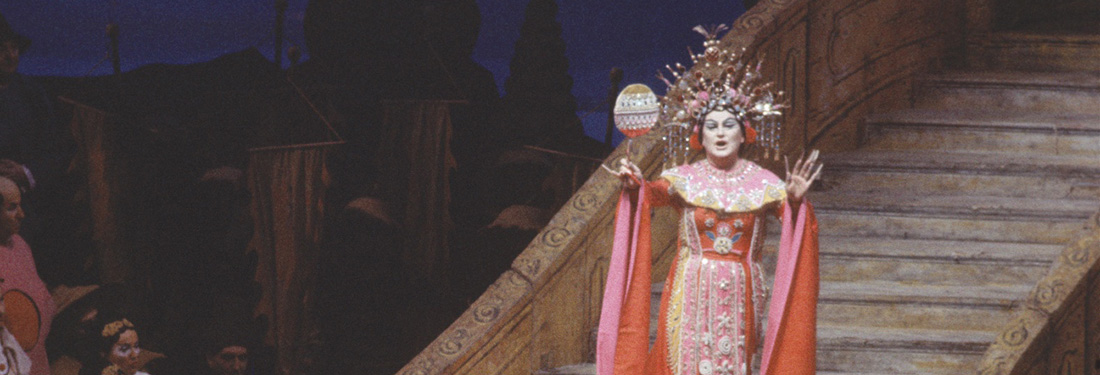

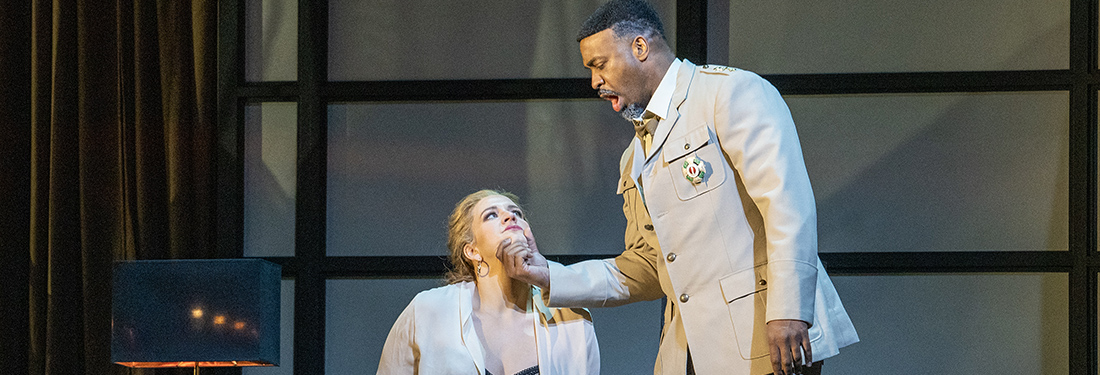

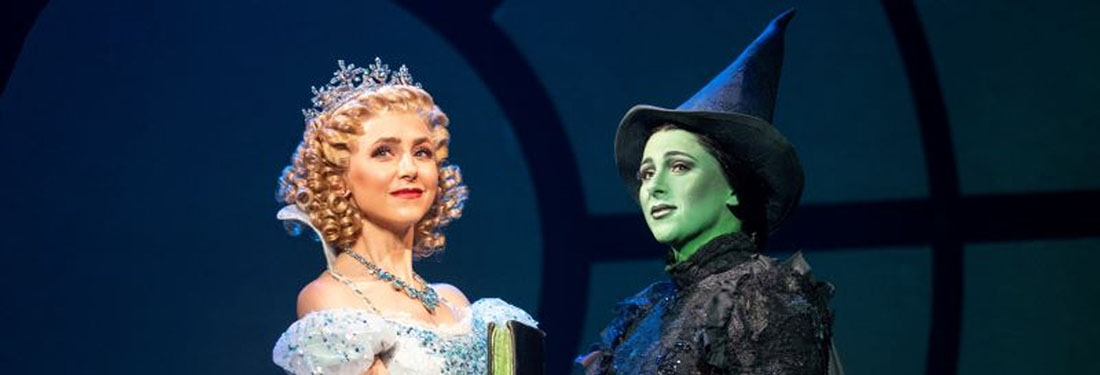
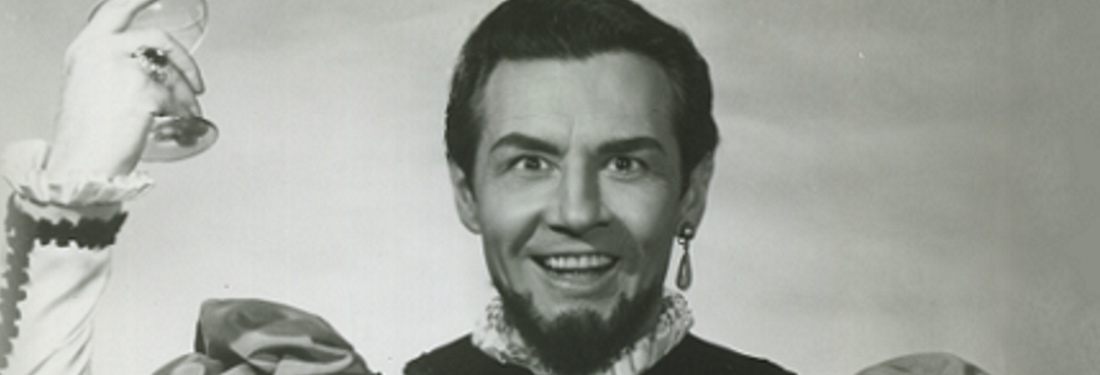

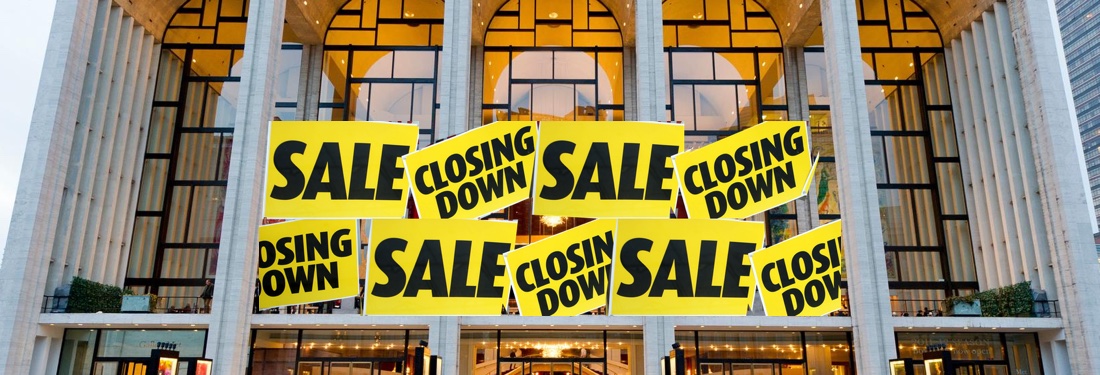







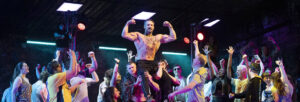
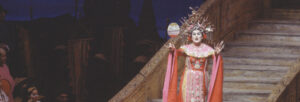



Comments